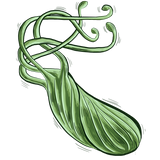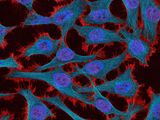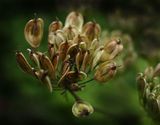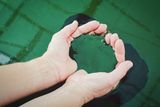Author: Rositsa Tashkova, Master of Molecular Biology and Microbiology
There is probably no woman who has not encountered the annoying, painful problem of vaginal candidiasis or in other words - yeast infection. The reason for its appearance is an imbalance in the microflora, in which the beneficial lactobacilli (lactic acid bacteria) are few in number, and the natural inhabitant of the vagina - fungi of the genus Candida, have multiplied too much and begin to cause damage.
The most common cause of vaginal candidiasis is the well-known Candida albicans. The symptoms are itching, burning and an unusual discharge with the appearance of lumpy white yogurt.
In the article, we will offer several methods for home treatment of candidiasis, which can successfully supplement and accelerate the treatment of yeast infection appointed by a doctor.
How To Prevent Yeast Infection
The best treatment is prevention, so here we will pay attention to a few things to do or not to do if you are prone to vaginal candidiasis and want to prevent it:
- Wear loose cotton underwear, avoid uncomfortable panties and those made of artificial fabric;
- Do not stay for a long time in a wet swimsuit, replace it with dry and clean underwear once you get out of the water;
- Avoid excessive consumption of sugar and sweet products;
- Avoid unnecessary intake of antibiotics - they are a frequent cause of yeast infection, since they kill the useful bacterial microflora that controls the growth of yeast. Read more in the article Do Antibiotics Increase The Risk of Candidiasis;
- Do not use vaginal douche, unless prescribed by a doctor for a specific treatment;
- Avoid scented personal care products - sanitary pads, toilet paper, soaps, gels, etc. Fragrances disturb the balance of microflora.

Sugar-Free Yogurt
Yoghurt contains beneficial lactobacilli and its regular consumption can help restore the balance of microflora. Some doctors recommend yogurt when taking antibiotics for the same purpose.
It is important that the yogurt is not sweetened, because sugar can enhance the growth and development of unwanted fungi.
According to one study, the daily intake of 150 ml of yogurt containing live bacteria of the species Lactobacillus acidophilus, has a beneficial effect in the treatment of vaginal candidiasis. [ref.1]
Read more in the article .
Vaginal Probiotics (Ovules, Globules)
Vaginal probiotics play the role of yogurt, but topically. These are preparations containing lactobacilli, which are placed in the vagina and aim to restore the population of lactobacilli, which in turn suppress the development of yeast.
Coconut Oil
Coconut oil has been found to inhibit the development of the fungus Candida albicans. [ref.2] It can be used by rubbing it directly on the area affected by the fungus, but it is important that the oil comes from a verified source and has no impurities.
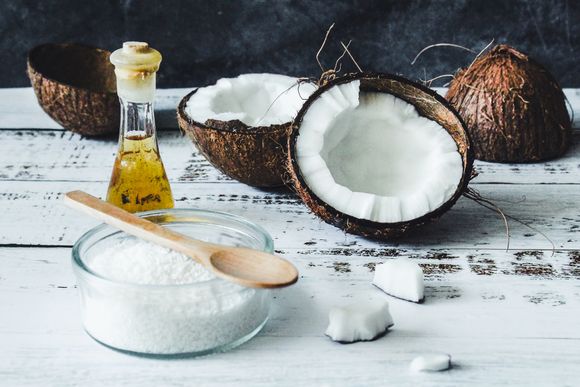
Tea Tree Essential Oil
Tea tree oil (Melaleuca alternifolia) has proven antibacterial and antifungal properties. [ref.3] It can be used in vaginal candidiasis after dilution in a carrier oil (e.g. coconut oil) and dripping a few drops on a sanitary pad.
Tea tree essential oil is very concentrated and should not be used without being diluted as it can cause serious irritation.
Vinegar or Hydrogen Peroxide Rinsing
These methods are exclusively for external use and after vinegar OR hydrogen peroxide is diluted with clean water. They can help neutralize the yeast located on the outside and their long-term use is not recommended.
In case of significant discomfort, it is important to consult a gynecologist who will appoint the appropriate treatment. You can also ask which home methods would be suitable as complementary therapy for a faster and more sustainable result, as well as for prevention.
We hope that these ideas will help to restore your comfort and peaceful daily life faster - if you suffer from vaginal candidiasis - a problem we are ashamed to talk about, even though every woman encounters it at some point in her life.


